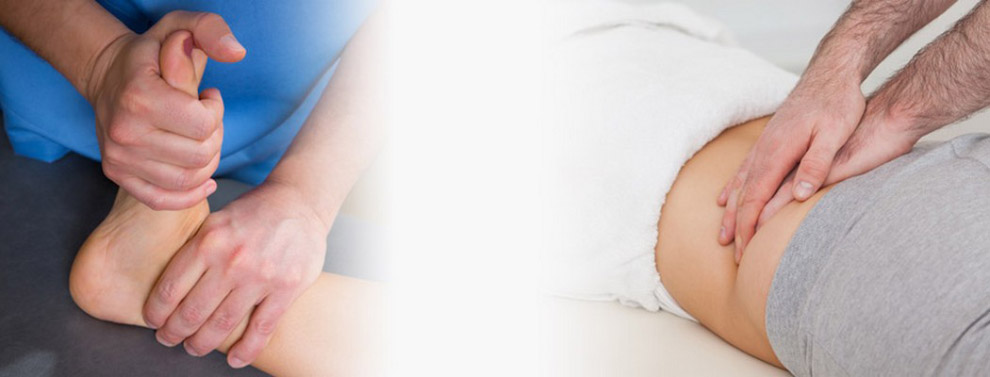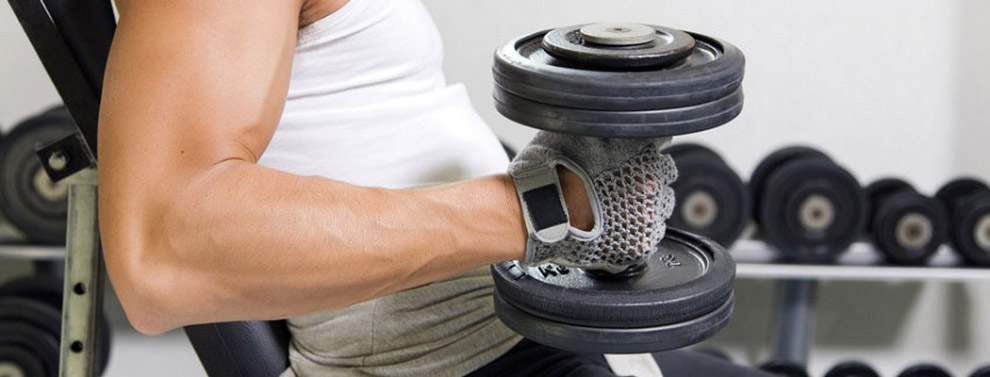Physiotherapy in Baie Verte and Springdale for Shoulder
Q: My doctor thinks I have shoulder bursitis but wants me to have some ultrasound studies done to confirm it. Aren't there some simpler tests that can answer this?
A: There are some clinical tests examiners can use to help identify which structures in the shoulder might be causing painful symptoms. For example, there are several different tests that require putting the arm in a particular position and/or giving some slight resistance to movement in that position.
These are called provocation tests. By observing the patient's symptoms, it is possible to identify a rotator cuff tear versus a bursitis versus an impingement problem this way. When soft tissue structures such as a bursa get pinched and inflamed, it is also possible to inject a numbing agent into the area and see if the painful symptoms go away. If they do, the injection is a confirmation that the problem was as suspected.
In the shoulder, there are quite a few different bursaes present. X-rays help show when the spaces normally cushioned by a bursa are thinned or narrowed. Ultrasound studies are much better at showing the affected tissue. And dynamic ultrasound (images taken with the arm moving) help identify the exact sequence of events that occur causing pain.
It's likely that your physician has conducted all of the clinical tests possible but needs some additional imaging studies to confirm the final diagnosis. In order to get treatment specific to the problem, it's likely that these studies are very important and will save you time and money in the long run.
Reference: Jonathan T. Finnoff, DO, et al. Subcoracoid Bursitis as an Unusual Cause of Painful Anterior Shoulder Snapping in a Weight Lifter. In The American Journal of Sports Medicine. August 2010. Vol. 38. No. 8. Pp. 1687-1692.







